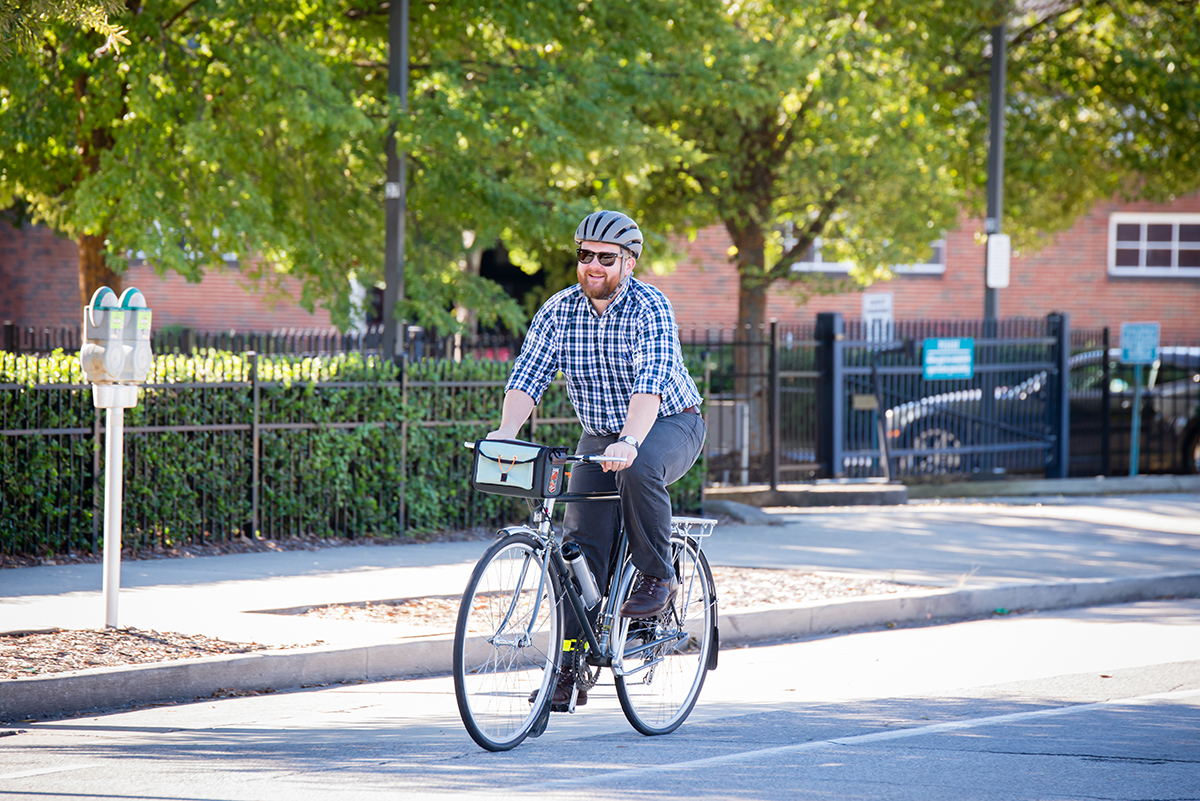Look both ways. Wear your helmet. We’ve all heard these maxims about safety, and probably shared them a time or two.
Aside from distance to school, safety is a leading factor for both adults and children in the decision to participate in physical activity and walk or bike to school (Nasar, 2015; Zhou et al., 2009). However, adopting those individual protective behaviors will not provide an easy solution. This blog post will unpack three reasons why the concept of safety, particularly in the context of safe travel to school, can be challenging to conceptualize and achieve.

Safety refers to actual and perceived risks.
Actual safety can be measured through rates of collisions, injuries, and fatalities. Perceived safety consists of personal feelings of insecurity or anxiety about danger to oneself and/or others. Actual and perceived safety are related, but do not always match. Perceptions vary by individual and can be influenced by the person’s knowledge of actual risk, environmental cues, and a person’s acceptable level of risk (Cho, Rodriguez, and Khattak, 2009). A recent research review “Creating places that promote physical activity: Perceiving is believing” by Active Living Research lists key characteristics of the physical environment that can signal perceived safety from traffic and from violence/crime:
- “Perceived safety from traffic is associated with the presence of sidewalks, footpaths, pedestrian infrastructure, street connectivity, controlled intersections, clearly marketed street crossings, and reduced traffic speed and volume”
- “Perceived safety from crime is associated with greater order and upkeep, unobstructed views, lighting, and the presence of others who might help”
(Nasar, 2015)
Safety can mean prevention of injury in road collisions, but can also encompass safety from violence/crime.
Researchers sometimes examine the impacts of both aspects of safety (from traffic-related dangers and from violence/crime) on travel behaviors, or they may limit their study to one or the other. Both traffic speed and volume as well as risk of violence/crime are key considerations for parents in allowing children to walk or bike to school (Zhou et al., 2009). Perceptions of road safety and safety from violence/crime have been independently connected with activity levels and health outcomes (Agrawal, Schlossberg, and Irvin, 2007; Hume et al., 2009; Duncan et al., 2014). Walkability audits may assess indicators for both traffic and crime safety (Gallimore et al., 2011; Saelens et al., 2003).
Achieving safety requires environmental, enforcement, engagement, and engineering strategies, not just individual behavior.
Social and environmental factors influence safety decisions to walk and bike to school (Hume et al., 2009), and making active travel safer requires interventions beyond individual-level education and behavior change. Working with public health, transportation, planning, and community stakeholders to implement policies and programs at the school and local level can create a safe environment for all children. Safe Routes to School programs that synthesize multiple E’s can work towards improved safety from traffic and violence/crime.
For more resources, check out:
- Taking Back the Streets and Sidewalks: How Safe Routes to School and Community Safety Initiatives Can Overcome Violence and Crime (Safe Routes Partnership, 2015)
- Making Our Communities Healthy Through Bicycling and Walking (Safe Routes Partnership, 2014)
- Creating places that promote physical activity: Perceiving is believing (Active Living Research, 2015)
